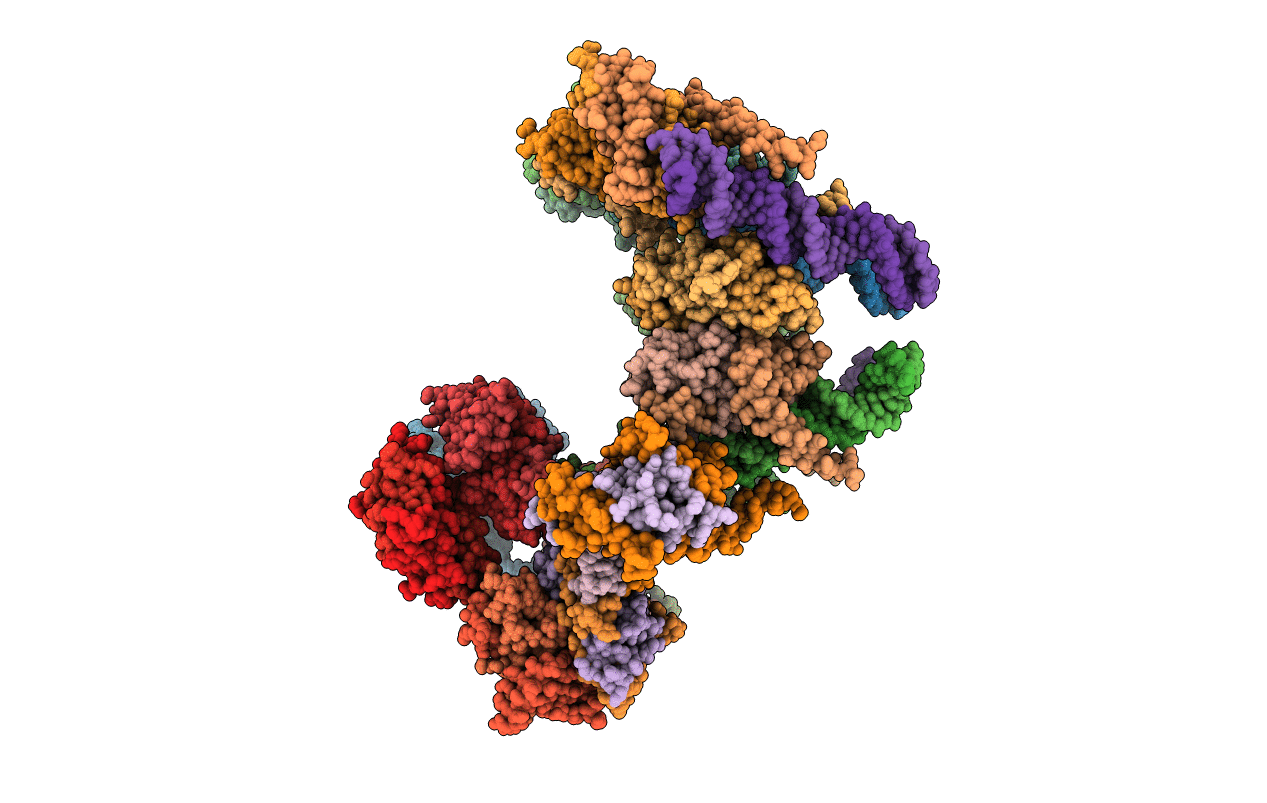
Deposition Date
2013-10-28
Release Date
2014-01-22
Last Version Date
2024-02-28
Entry Detail
Biological Source:
Source Organism:
Homo sapiens (Taxon ID: 9606)
Synthetic DNA (Taxon ID: 32630)
Synthetic DNA (Taxon ID: 32630)
Host Organism:
Method Details:
Experimental Method:
Resolution:
6.50 Å
R-Value Free:
0.29
R-Value Work:
0.26
R-Value Observed:
0.26
Space Group:
P 3


